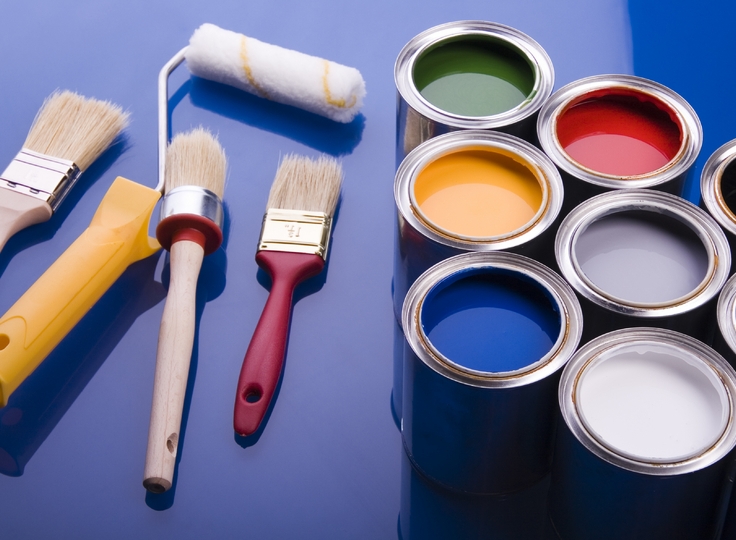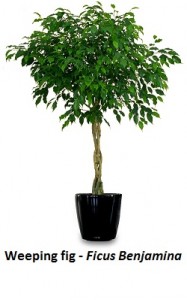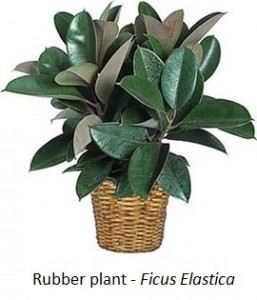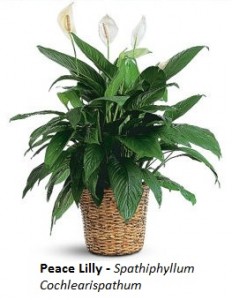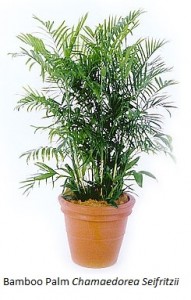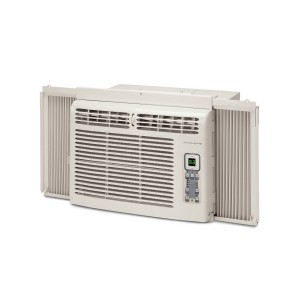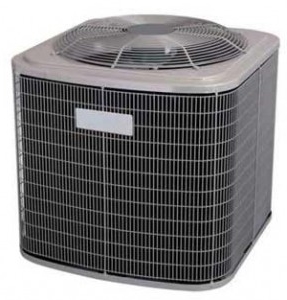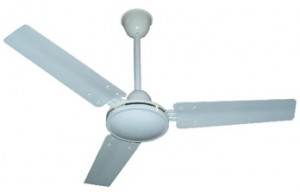Whichever part to the house you might be painting whether it is the exterior, interior, or another element to the property like the fence or garage it is important that the paint you select is as environmentally friendly as possible. Not just for the sake of the surrounding environment but also for the inhabitants coming in contact with the paint. Paint has been known to include a vast array of toxins (called Volatile Organic Compounds) to aid in the defense against fungus, fading, mildew, insects, and fast drying to name a few like and these can effect us not only from inhaling the fumes but also from the effects of absorption from contact and potential consumption when the paint gets old/chippy. This is a major contributor to why the air inside the house can be much more unhealthy and harmful than the air outside.
Low VOC, Zero VOC, and Natural Paints are the categories of paint that reduce or eliminate the danger created by the emitted toxins through utilizing natural components and ingredients in the case of Natural paints, minimising the VOC components to 5 milligrams per litre from Zero VOC’s (this is 0.5%) or under 200 milligrams per litre (20%) in Low VOC. VOC minimal paint is usually about $2-3 dollars more per gallon.

